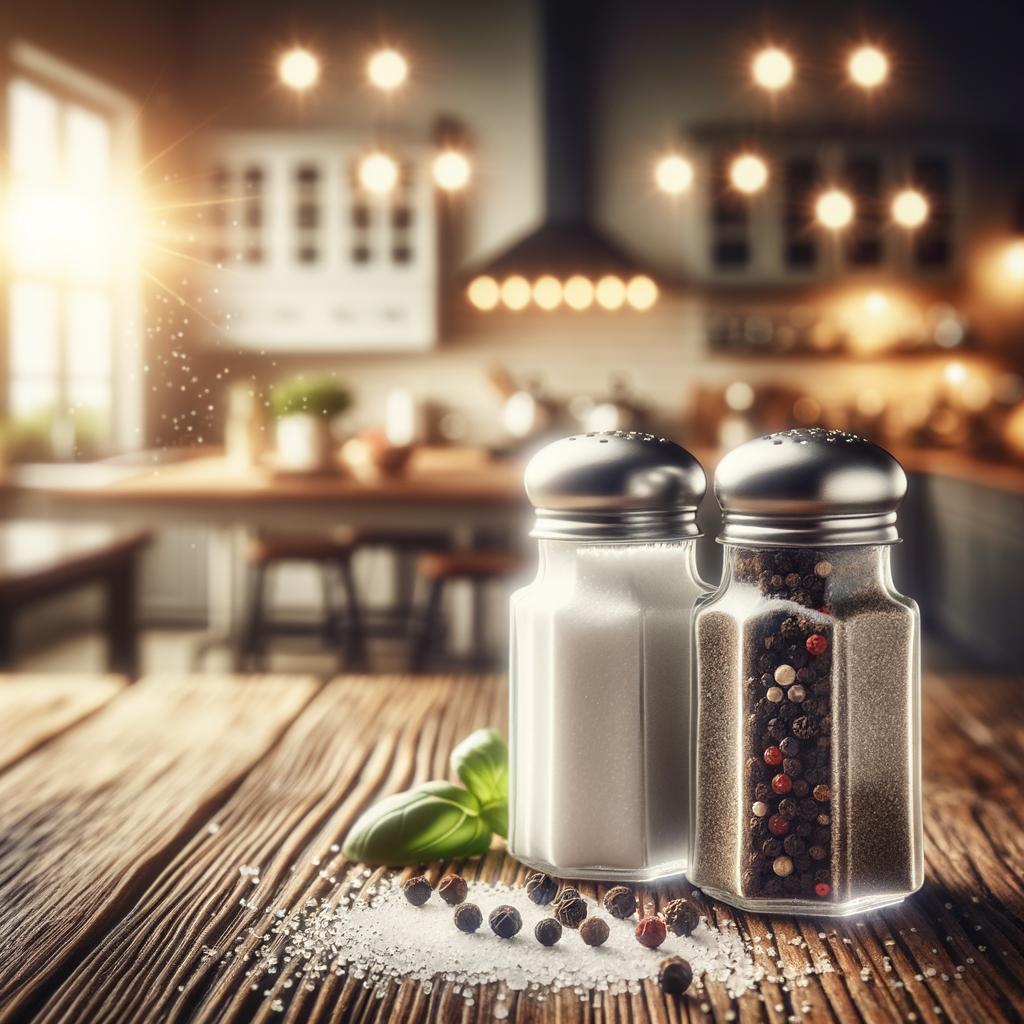for Aioli: Salt and Pepper

Description
Introducing the two most versatile and indispensable ingredients in the culinary world: Salt and Pepper. These two simple condiments, often found sitting side by side on every dining table, are the epitome of contrast and harmony. Salt, a crystalline mineral primarily composed of sodium chloride, has a clean, sharp taste that enhances the flavor of any dish it graces. Pepper, on the other hand, is a dried and ground fruit known for its warm, woody aroma and a spicy flavor that adds a distinctive kick. Together, they create a symphony of taste, a balance of the elemental forces of flavor that set them apart from other spices.
Primary Uses
Salt and pepper are the backbone of virtually every cuisine around the world. From the delicate seasoning of French cuisine to the robust flavors of Italian dishes, they are key components in bringing out the best in food. They're used in a vast array of dishes, from simple scrambled eggs to gourmet steaks, and even in some desserts. Beyond culinary uses, they also have medicinal properties. Salt is crucial for maintaining hydration levels and proper cellular function, while pepper stimulates digestion and has antioxidant properties.
History
The history of salt and pepper is as rich and varied as their flavors. Salt, once considered so valuable it was used as currency, has been a vital part of human civilization for thousands of years. Pepper, dubbed the "King of Spices," was a luxury item in the Middle Ages and was often used to pay rent and taxes. Their use and popularity have evolved over time, from being luxury commodities to becoming everyday essentials. There are countless tales associated with them, from the ancient Roman soldiers being paid in salt, hence the word "salary," to the explorations of the Spice Route in search of precious pepper.
Nutritional Information
Salt and pepper not only enhance the flavor of our food but also contribute to our nutritional intake. Salt is our primary source of sodium, which is essential for nerve and muscle function and maintaining fluid balance in the body. However, excessive consumption can lead to high blood pressure and other health problems. Pepper, on the other hand, is rich in antioxidants, vitamins A and C, and promotes nutrient absorption. It's a healthier alternative to add flavor compared to high-sodium or high-sugar options. Their nutritional profiles are a testament to the fact that good things indeed come in small packages.

